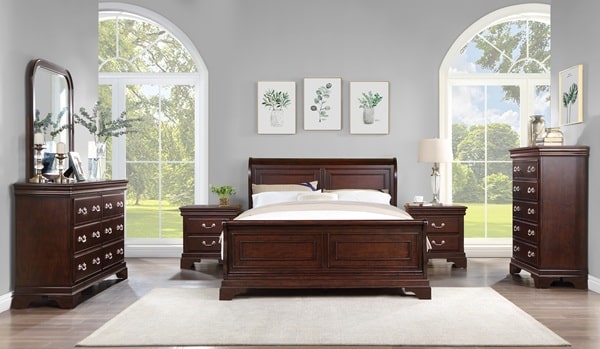Heatwaves are no joke! When temperatures start to shoot up, cooling systems are our saving grace. And we’ve got two heavy hitters in the cooling pad world: the durable, high-efficiency Honeycomb Pad and the cost-effective, all-natural Wood Wool Pad. But, here’s the million-dollar question: Which one’s got the upper hand? Is it as clear-cut as it sounds, or does it depend on your unique situation and needs? Well, let’s dive in and dissect these two. Today we will let you know when and why you should invest in a honeycomb pad or a wood wool pad. So let’s dive straight into it, shall we?
Why should you even care about the types of cooling pads in an air cooler?
Well, let’s take a quick detour and talk about what cooling pads are and why they’re such a big deal in your air cooler. You see, they’re the ones doing the hard work, transforming all that hot air into a cool, refreshing breeze. No cooling pads in your air cooler simply mean that your cooler will simply pump out the hot air, and believe it or not, you ain’t gonna love that. Now that you’ve got that down, let’s get into the nitty-gritty of Honeycomb and Wood wool pads.
Wood Wool Pads
Picture yourself walking in a field of dried hay and grass. That’s what Wood Wool Pads resemble. These pads are crafted from wood splinters, cut and shaped like small logs, and then arranged to mirror the look of grass. This seemingly simple design serves a purpose: the tiny splinters work like a sponge, soaking up circulated water to turn sweltering, arid air into a refreshingly cool and humid breeze.
What Else Is There To Know About Wood Wool Pads?
- The standout feature of Wood Wool Pads, or Aspen cooling pads as they’re also known, is that they’re a real bargain. They’re so budget-friendly that your wallet barely feels the pinch.
- And when it comes to cooling, they put in a decent performance, providing a level of comfort that’s pretty satisfactory.
- Wood Wool Pads are a bit high-maintenance. Think of them as needy houseplants; they require regular care and cleaning to ensure your cooler functions properly.
- Also, they’re a bit on the delicate side, so they need to be replaced more frequently, usually once a year. So, while you might save a few bucks upfront, keep in mind that the ongoing costs of maintenance and replacement could accumulate over time.
- And let’s not forget about performance. When Wood Wool Pads go head-to-head with Honeycomb cooling pads, they generally fall a bit short in the effectiveness department.
Honeycomb Pads
As the name suggests, these pads are designed to look like bee-made honeycombs. Crafted from thick cellulose paper, these pads come with little compartments for holding moisture and water. This unique design allows them to change hot air into cool humid air lickety-split by keeping the water cool for a more extended period.
What Else Is There To Know About Honeycomb Pads?
- Honeycomb cooling pads have earned a reputation for their top-notch cooling abilities over a larger surface area.
- They’re also more durable, which means they can stick around for longer.
- The chemical treatment they receive helps them resist deterioration, so they don’t need as much maintenance or frequent upkeep, making them a friendlier option for the user.
- But every rose has its thorn, and for Honeycomb pads, it’s their price tag. They’re more expensive than Aspen cooling pads, and initially, they might give off an unpleasant odor when the air cooler starts running, which could be a turn-off for some people.
Honeycomb vs. Wood Wool Cooler Pads: Let’s Talk Differences
If we put Honeycomb and Wood wool cooler pads side by side, Honeycomb pads kind of steal the show. Why, you ask? Well, they’re pretty tough cookies and don’t demand much in terms of maintenance. They’re like the tortoises in the race, slow and steady, lasting a good 3 years without needing a replacement. Wood wool pads, however, are a bit more high maintenance, often requiring a replacement every year. Size matters too when it comes to these pads. Honeycomb cooling pads are like the big brother here, larger in size, three-sided, and they pack quite a cooling punch. On the flip side, Aspen pads (another name for Wood wool pads) are a bit on the smaller side and single-sided.
Conclusion
All in all, each of these cooling pads has its own perks, which make it a champ in certain situations, and also a few downsides that might make some of you think twice. When it comes to choosing between Honeycomb and Wood Wool cooling pads, it’s not about which one wears the crown. It’s more about what you prefer, the circumstances you’re in, and what you need from your cooling pad. So quite literally, the power’s in your hands!

